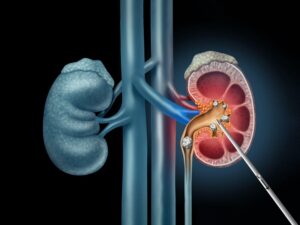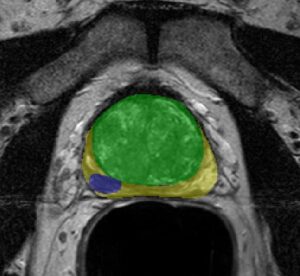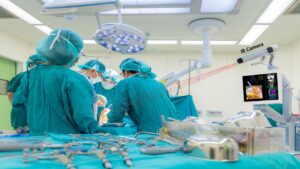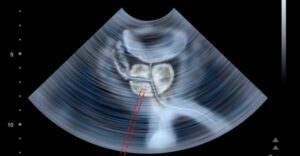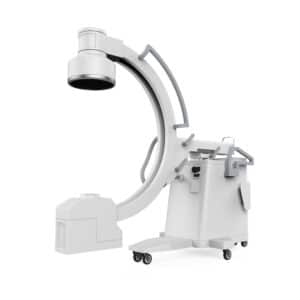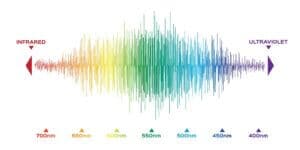The FLIR Lepton is a low-resolution LongWave InfraRed (LWIR) camera. The purpose of this article is to explain the main challenges presented by the use of this IR camera in a typical image processing task like automated people counting. Other imaging tasks may present similar or different challenges. RSIP Vision can help you address them in the most professional and effective way.
Steps in people counting
People counting involves the following phases:
- Blob detection – Forming an object out of connected pixels
- Blob analysis – Classifying blobs as people
- People tracking – Forming a progress path, within the scene, for each person
- People counting – The total number of persons inside the scene after each frame update
When using the FLIR Lepton camera the following challenges exist:
1. Quality – Low quality, or noisy image, translates to non-uniform blobs. Their contained pixels intensity may have a large range. Each pixel intensity may be changed dynamically by the camera (from frame to frame), even if the blob is static. The quality may challenge the blob detection. Here is a video example:
8. Mechanical shutter – On the Lepton model with mechanical shutter, additional delay may exist every few frames. The mechanical shutter is closed, for a short duration, to enable internal re-adjustment.
People counting is only one of the near infinite quantity of tasks of image processing that are possible in the real world. RSIP Vision has the experience and skills to advise you for this purpose. We also master state-of-the-art advanced algorithms to help you in all your computer vision projects. Consult with our experts now.

